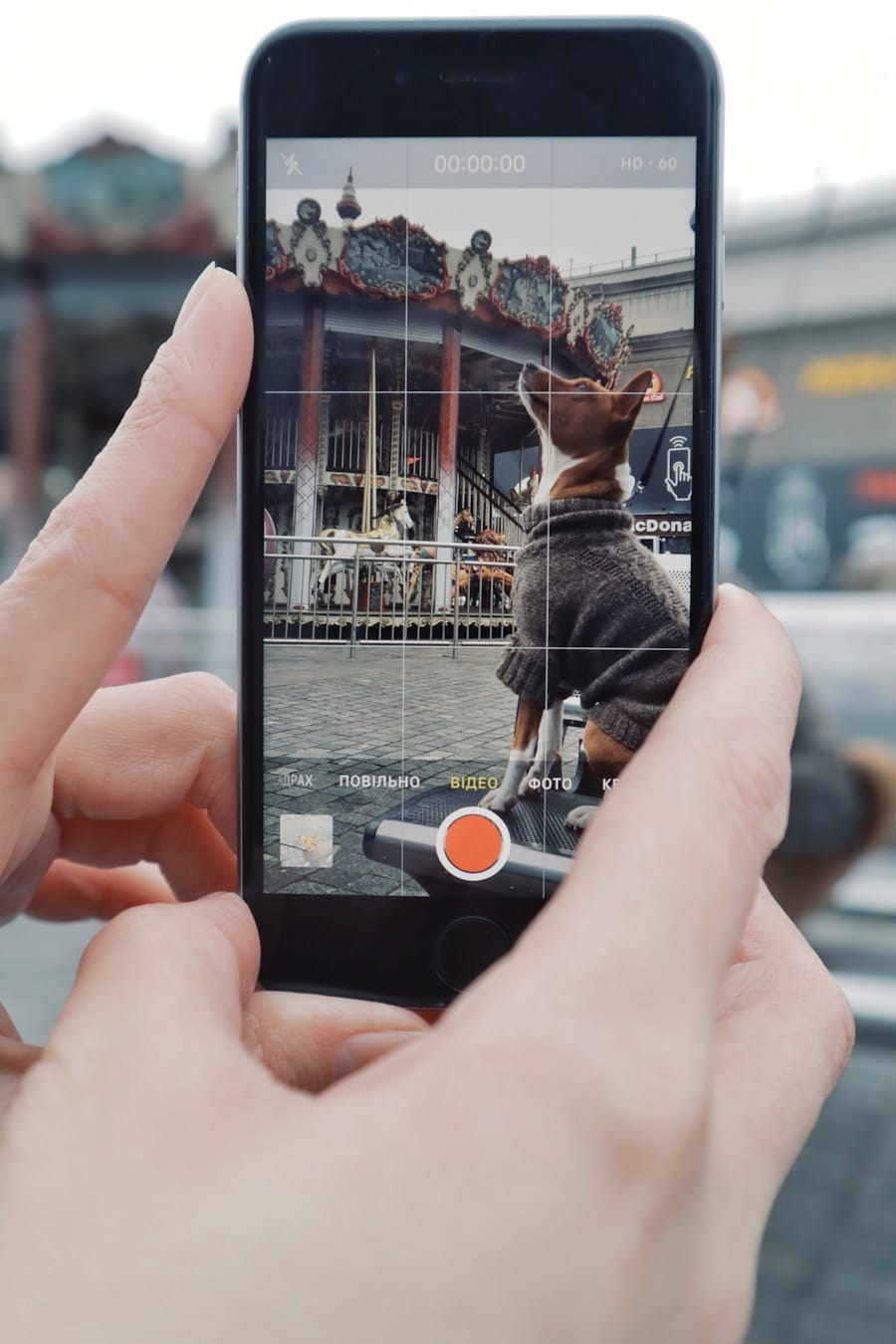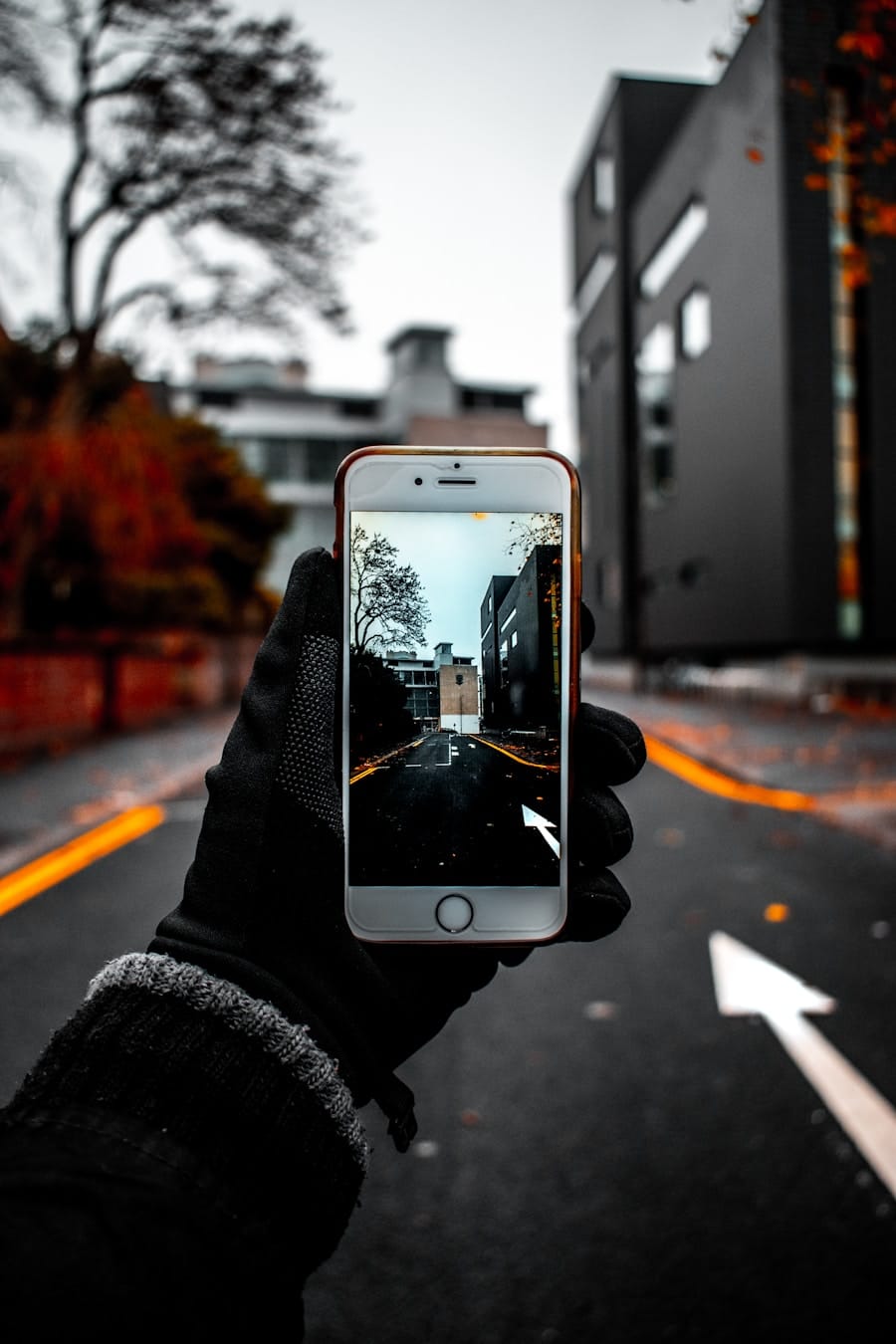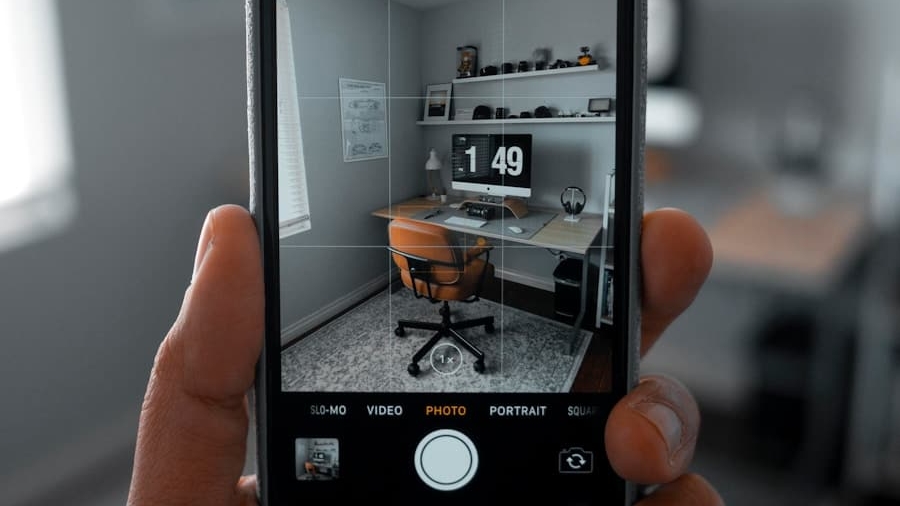Augmented Reality (AR) has emerged as a transformative force in the realm of social media content creation, reshaping how users interact with digital environments and each other. By overlaying digital information onto the physical world, AR provides a unique platform for creativity and engagement that traditional media cannot match. This technology allows users to create immersive experiences that blend the real and virtual worlds, offering a fresh canvas for storytelling, marketing, and personal expression.
As social media platforms continue to evolve, the integration of AR is becoming increasingly prevalent, enabling users to craft content that is not only visually captivating but also interactive and engaging. The rise of AR in social media can be attributed to several factors, including advancements in smartphone technology, the proliferation of high-speed internet, and the growing demand for innovative content. Platforms like Instagram, Snapchat, and TikTok have embraced AR features, allowing users to apply filters, effects, and 3D objects to their photos and videos.
This shift has democratized content creation, empowering individuals and brands alike to produce high-quality visual narratives that resonate with audiences. As a result, AR is not merely an enhancement of existing content but a catalyst for new forms of expression that redefine how we communicate in the digital age.
Key Takeaways
- AR in social media content creation is changing the way users interact with visual content.
- The evolution of social media content creation with AR has led to more immersive and interactive experiences for users.
- AR plays a crucial role in enhancing visual content for social media by adding layers of digital information to the real world.
- AR is revolutionizing user engagement on social media platforms by offering unique and personalized experiences.
- The influence of AR on storytelling and branding in social media is creating new opportunities for brands to connect with their audience in innovative ways.
The Evolution of Social Media Content Creation with AR
The journey of AR in social media content creation began with simple filters and effects that transformed static images into dynamic visuals. Snapchat was one of the pioneers in this space, introducing face filters that allowed users to add playful elements to their selfies. This initial foray into AR set the stage for a broader acceptance of the technology across various platforms.
As users became accustomed to these features, social media companies recognized the potential of AR to drive engagement and enhance user experience. Over time, the capabilities of AR have expanded significantly. Today, users can create complex animations, interactive games, and even virtual try-on experiences for products like clothing and makeup.
For instance, Instagram’s AR effects allow brands to create custom filters that users can apply while showcasing their products. This evolution reflects a shift from passive consumption of content to active participation, where users are not just viewers but creators who can manipulate their environments. The integration of AR into social media has thus transformed the landscape of content creation, making it more dynamic and participatory.
The Role of AR in Enhancing Visual Content for Social Media

AR plays a crucial role in enhancing visual content on social media by adding layers of interactivity and engagement that traditional images and videos lack. By incorporating 3D models, animations, and real-time effects, AR allows creators to produce visually stunning content that captures attention and encourages sharing. For example, brands can use AR to create immersive advertisements that allow users to interact with products in a virtual space before making a purchase decision.
This not only enhances the user experience but also increases the likelihood of conversion.
Instead of relying solely on static images or linear video narratives, they can craft experiences that unfold in real-time as users engage with the content.
For instance, a travel company might use AR to create a virtual tour of a destination, allowing users to explore landmarks and attractions through their smartphones. This level of interactivity not only captivates audiences but also fosters a deeper emotional connection with the brand or message being conveyed. As such, AR is not just an enhancement; it is a fundamental shift in how visual content is created and consumed on social media.
How AR is Revolutionizing User Engagement on Social Media Platforms
The introduction of AR into social media has revolutionized user engagement by fostering a more interactive and participatory environment. Users are no longer passive consumers; they are active participants who can engage with content in meaningful ways. This shift is evident in the way users interact with AR filters and effects on platforms like Snapchat and Instagram.
These features encourage users to create their own content by applying filters to their photos or videos, leading to increased sharing and interaction among peers. Furthermore, AR has the potential to enhance community building on social media platforms. By creating shared experiences through AR content, users can connect over common interests or challenges.
For example, fitness brands have utilized AR to create virtual workout challenges where users can compete against each other in real-time. This not only boosts engagement but also fosters a sense of community among participants who share similar goals. As users engage with AR content, they are more likely to form connections with others who appreciate the same experiences, thereby enhancing the overall social media experience.
The Influence of AR on Storytelling and Branding in Social Media
AR has significantly influenced storytelling and branding strategies on social media by providing new avenues for creative expression. Brands are increasingly leveraging AR to craft immersive narratives that resonate with their target audiences. For instance, a cosmetics brand might use AR to allow users to virtually try on makeup products before purchasing them.
This not only enhances the shopping experience but also tells a story about how the product can fit into the user’s life. Moreover, storytelling through AR allows brands to create memorable experiences that leave a lasting impression on consumers. By integrating interactive elements into their campaigns, brands can engage users on a deeper level.
For example, an automotive company might create an AR experience that allows users to explore the features of a new car model in a virtual environment. This type of storytelling not only showcases the product’s capabilities but also creates an emotional connection with potential buyers by immersing them in an engaging narrative.
The Future of Social Media Content Creation with AR

As technology continues to advance, the future of social media content creation with AR looks promising and full of potential. With developments in artificial intelligence (AI) and machine learning, we can expect even more sophisticated AR experiences that are personalized for individual users. For instance, future AR applications may analyze user preferences and behaviors to deliver tailored content that resonates with their interests.
This level of personalization could lead to higher engagement rates and more meaningful interactions between brands and consumers. Additionally, as 5G technology becomes more widespread, the capabilities of AR will expand significantly. Faster internet speeds will enable more complex AR applications that require real-time data processing and rendering.
This could lead to the development of fully immersive environments where users can interact with digital elements seamlessly integrated into their physical surroundings. The potential for augmented reality in social media is vast; as creators continue to push the boundaries of what is possible, we may see entirely new forms of content emerge that redefine how we connect and communicate online.
Challenges and Opportunities in Integrating AR into Social Media Content Creation
While the integration of AR into social media content creation presents numerous opportunities, it also comes with its share of challenges. One significant hurdle is ensuring accessibility for all users. Not everyone has access to high-end devices capable of supporting advanced AR applications, which could limit participation in these experiences.
Despite these challenges, there are ample opportunities for growth and innovation within this space. Brands that invest in user-friendly tools for creating AR content can empower a broader range of creators to participate in this new medium.
Furthermore, as educational resources become more available, individuals can learn how to harness AR technology effectively for their own storytelling or branding efforts. The key lies in striking a balance between pushing technological boundaries while ensuring inclusivity and accessibility for all users.
The Impact and Potential of AR in Social Media Content Creation
The impact of augmented reality on social media content creation is profound and far-reaching. As this technology continues to evolve, it has the potential to reshape how we communicate, engage, and express ourselves online. From enhancing visual storytelling to revolutionizing user engagement strategies, AR offers endless possibilities for creators and brands alike.
As we look toward the future, it is clear that augmented reality will play an integral role in defining the next generation of social media experiences—one where creativity knows no bounds and interaction becomes increasingly immersive and meaningful.
In a recent article on ENICOMP, the NeuronWriter Review highlights the best content SEO optimization tool that can greatly enhance social media content creation. This tool can help creators improve their online presence and reach a wider audience through effective search engine optimization strategies. For those looking to enhance their coding and programming skills to further improve their content creation, the article on the best laptops for coding and programming provides valuable insights. Additionally, the article on the best group buy SEO tools provider for 2023 offers premium tools that can further enhance social media content creation and online visibility. Overall, these resources can greatly benefit content creators looking to leverage AR technology in their social media content creation efforts. NeuronWriter Review
FAQs
What is AR?
AR stands for Augmented Reality, which is a technology that superimposes digital information such as images, videos, or 3D models onto the real world environment.
How does AR enhance social media content creation?
AR enhances social media content creation by allowing users to overlay digital elements onto their real-world surroundings, creating more engaging and interactive content for their audience.
What are some examples of AR in social media content creation?
Examples of AR in social media content creation include filters and effects on platforms like Instagram and Snapchat, as well as interactive 3D models and animations that users can place in their photos and videos.
What impact does AR have on social media content creation?
AR has a significant impact on social media content creation by providing users with new tools and features to create more immersive and visually appealing content, leading to increased engagement and interaction with their audience.
How accessible is AR technology for social media content creators?
AR technology is becoming increasingly accessible for social media content creators, with many platforms offering built-in AR features and tools that are easy to use, as well as third-party apps and software for creating custom AR content.

